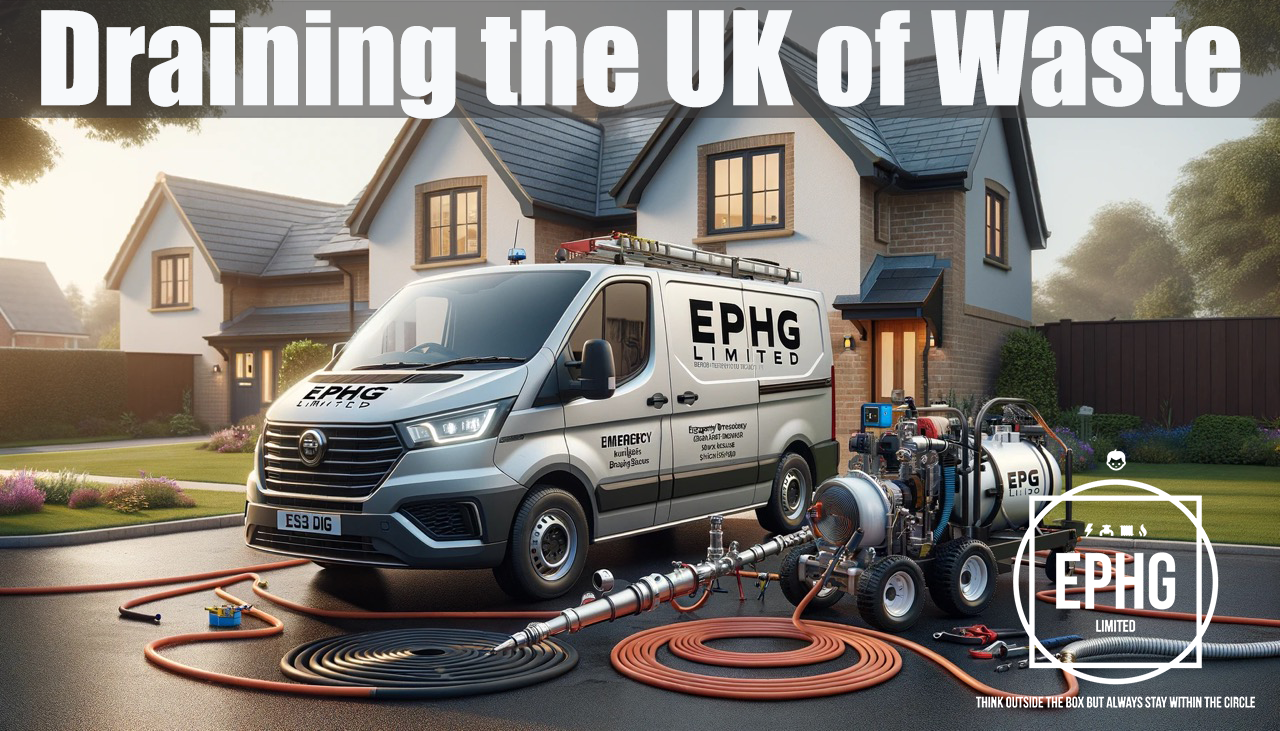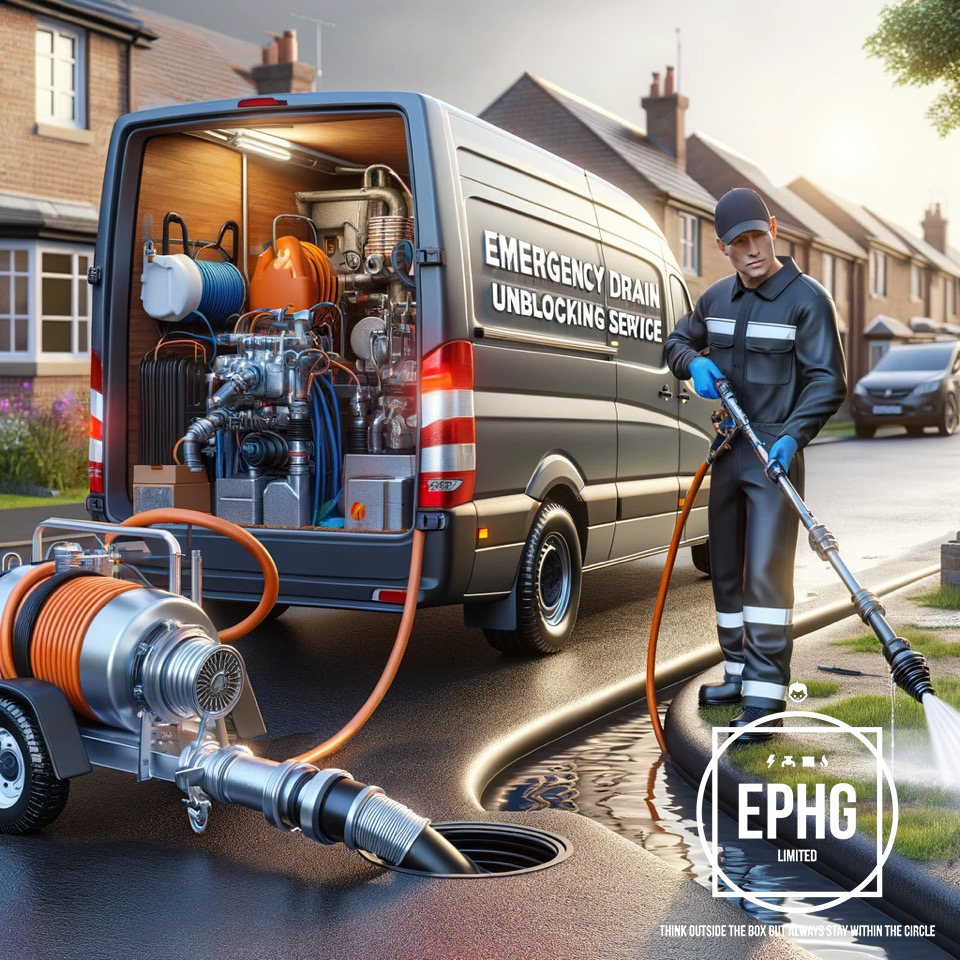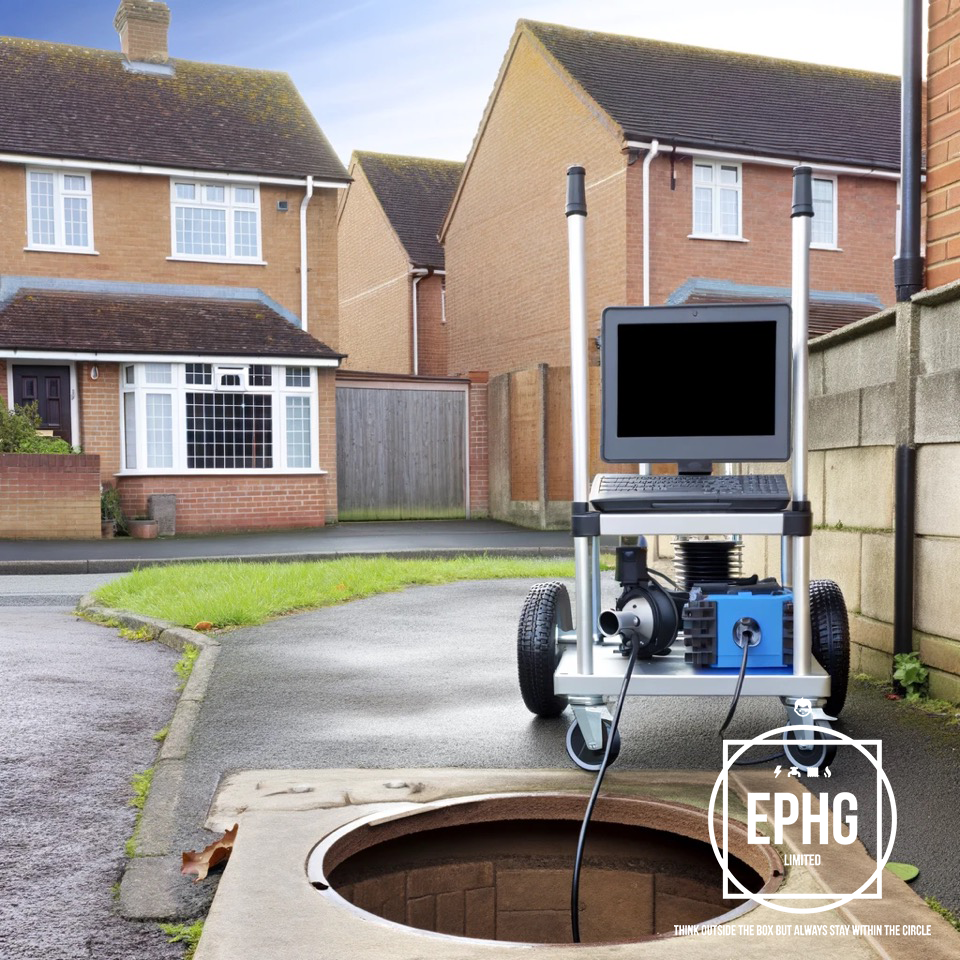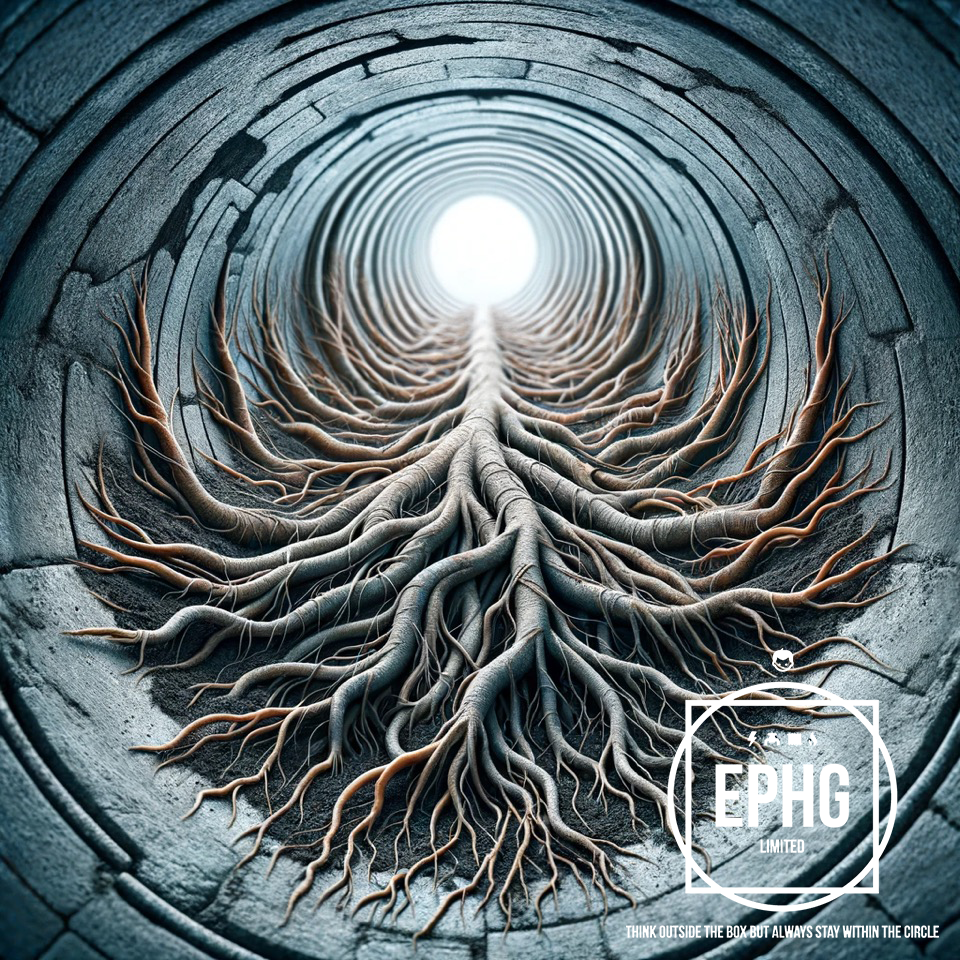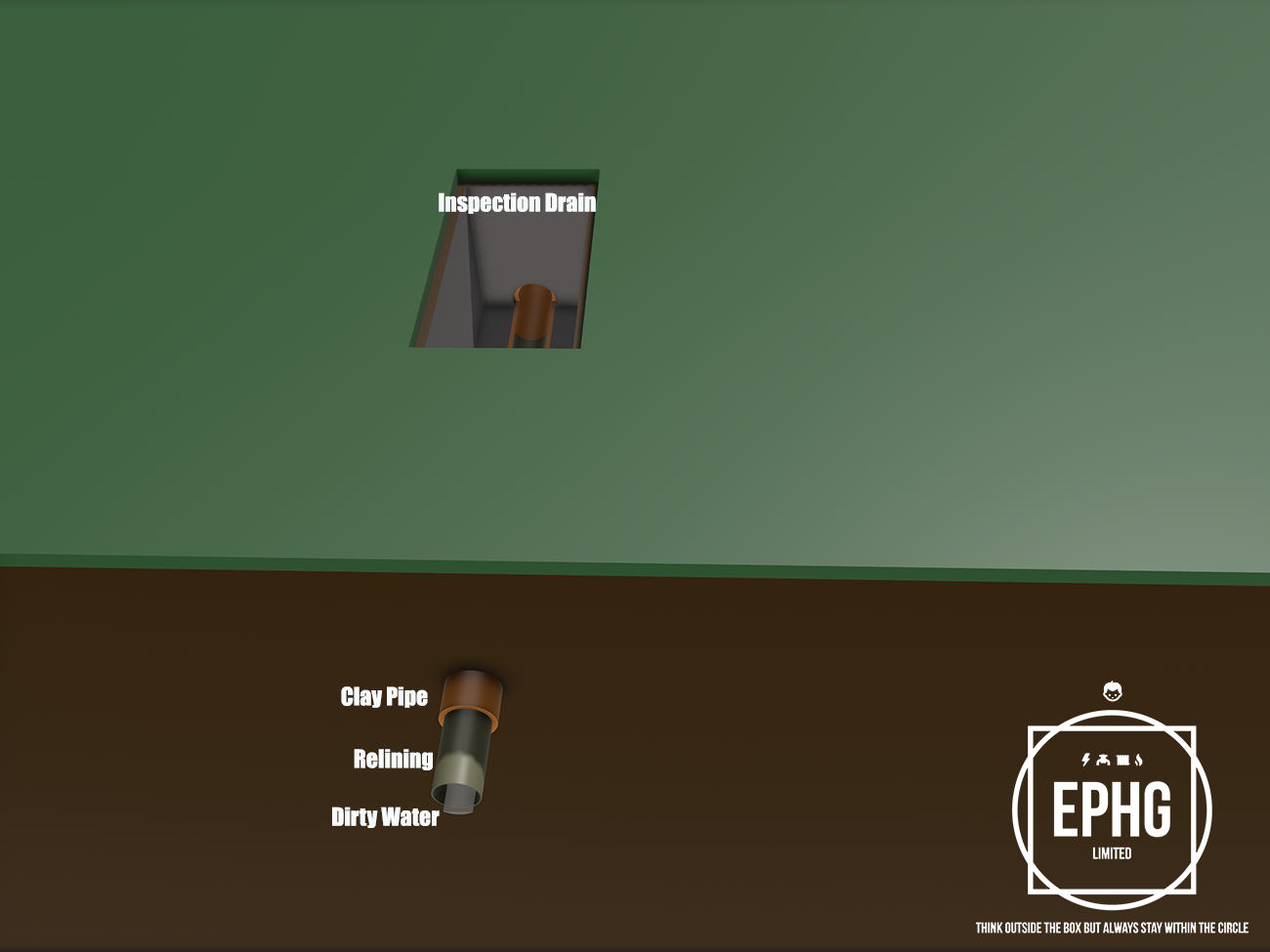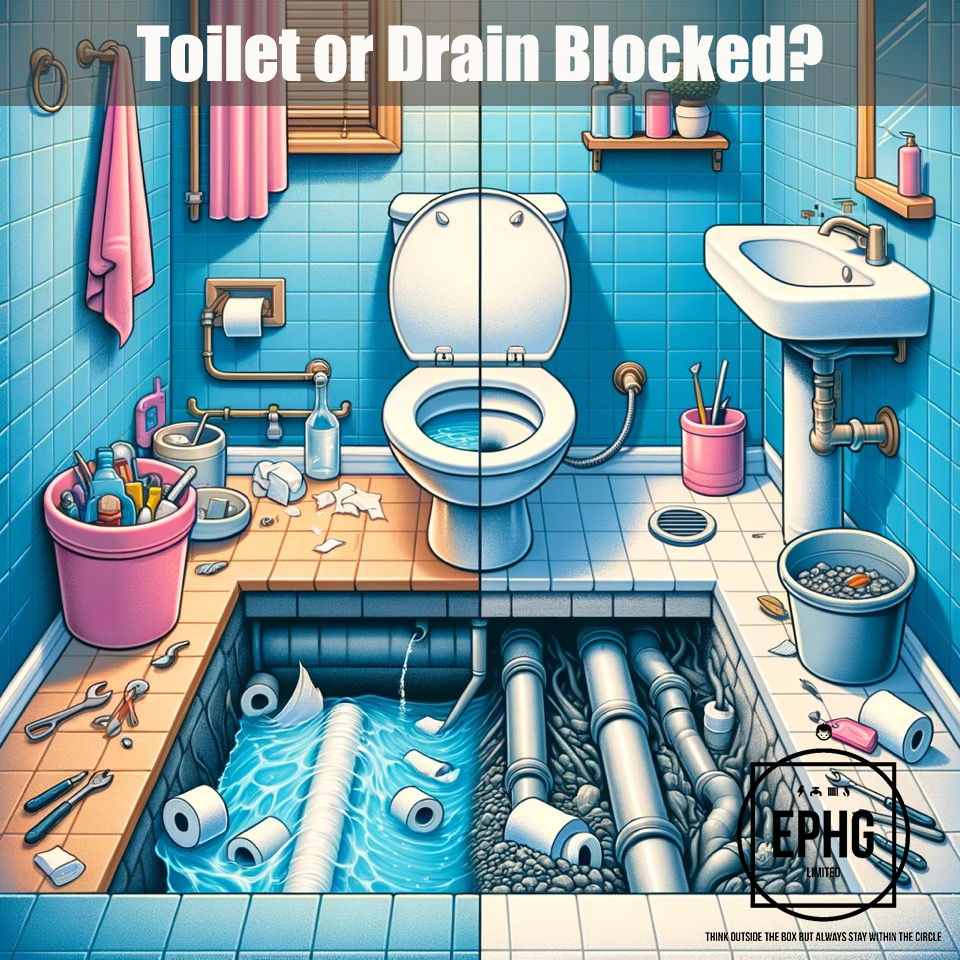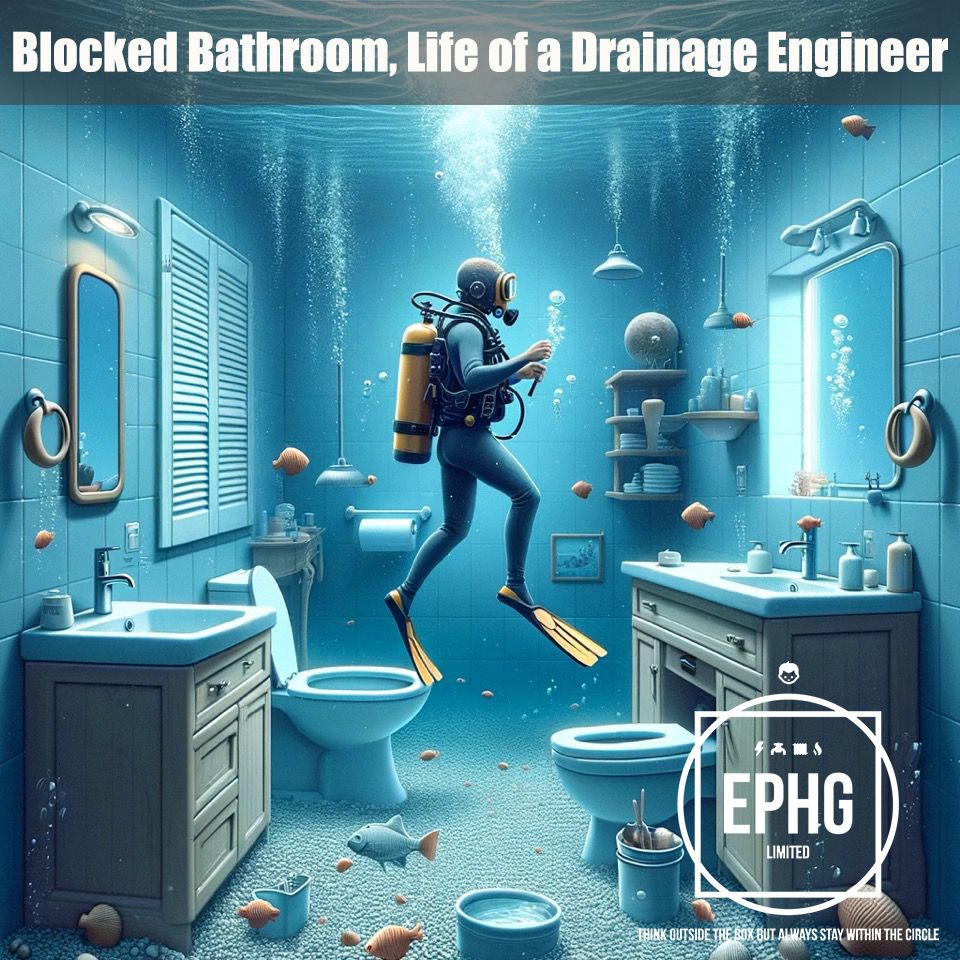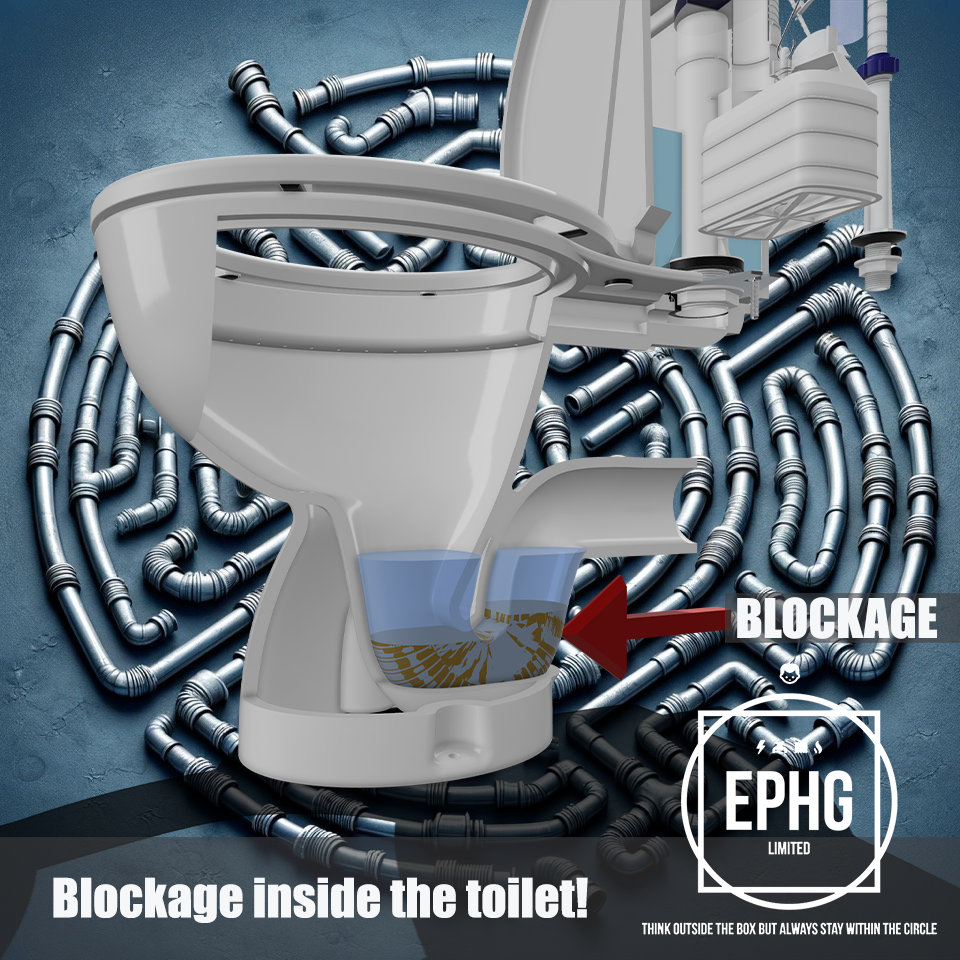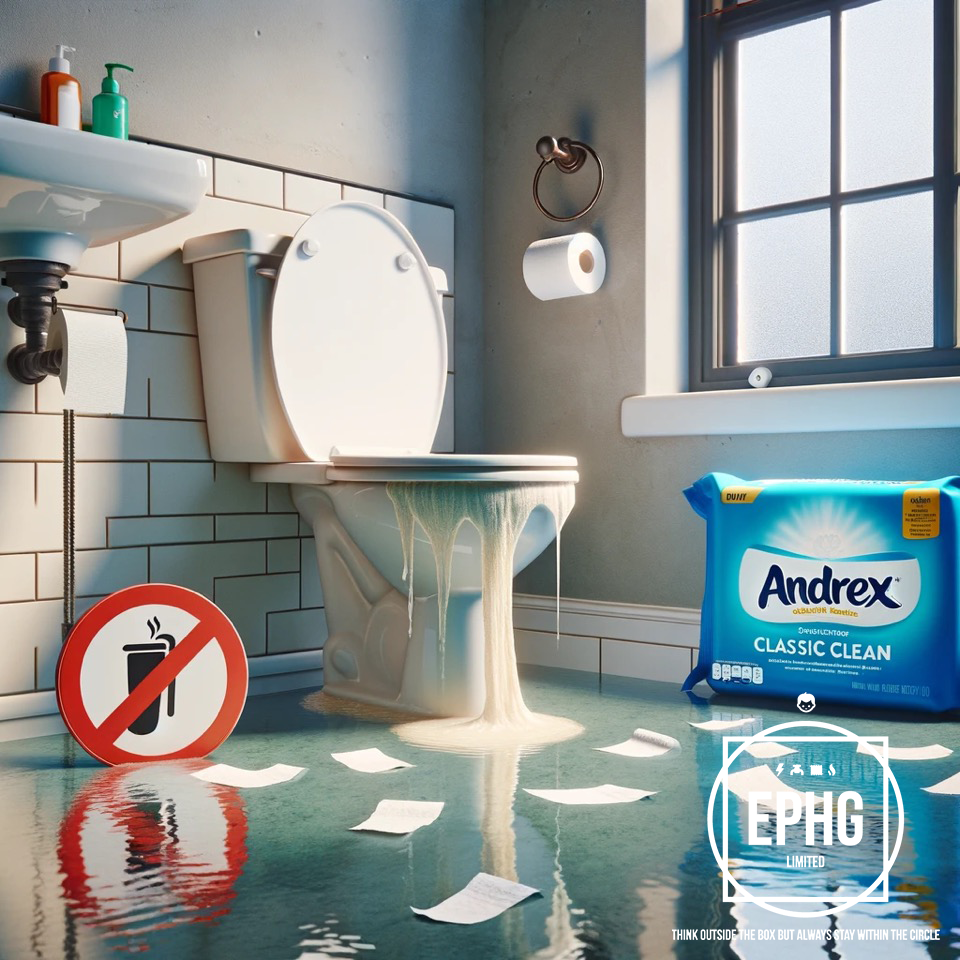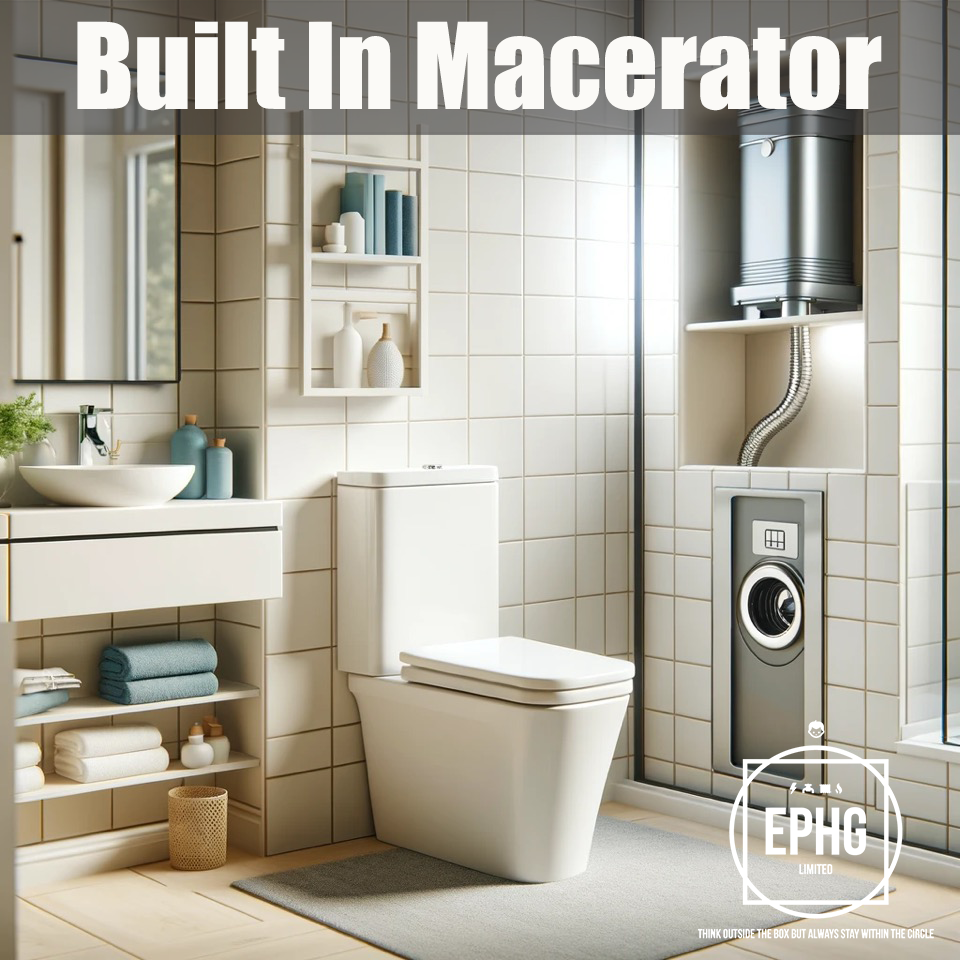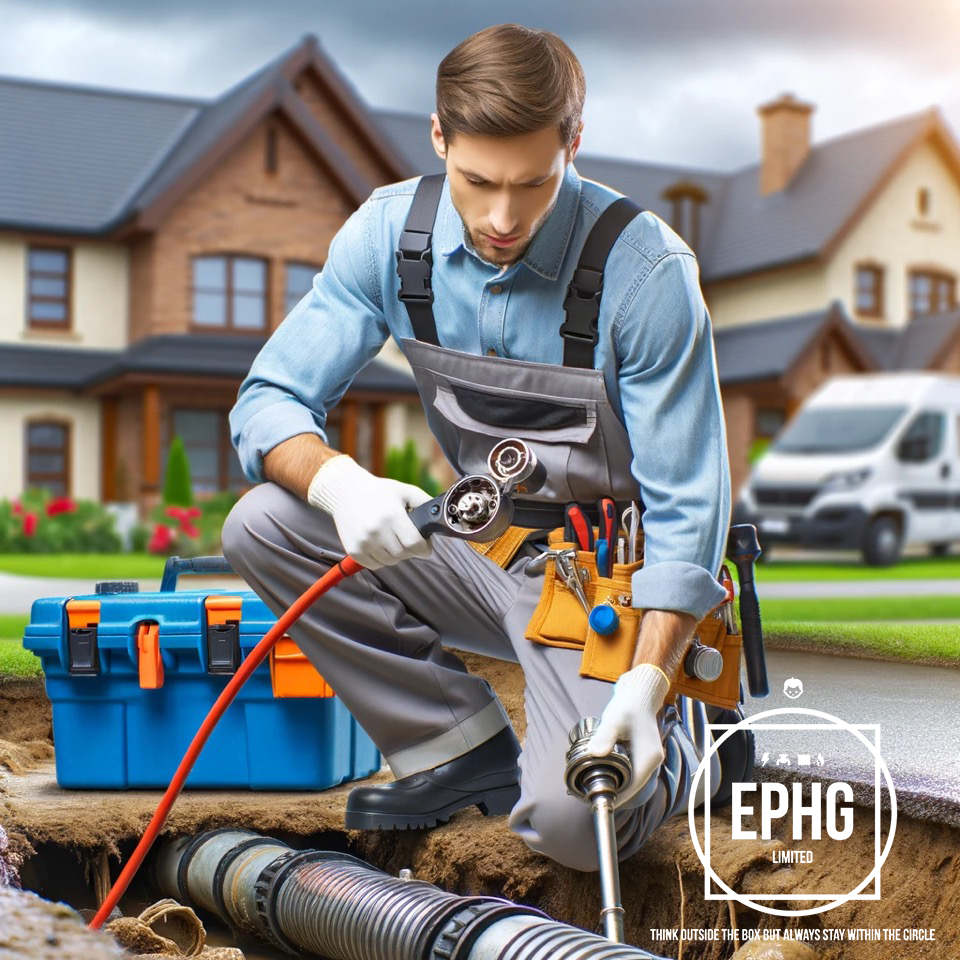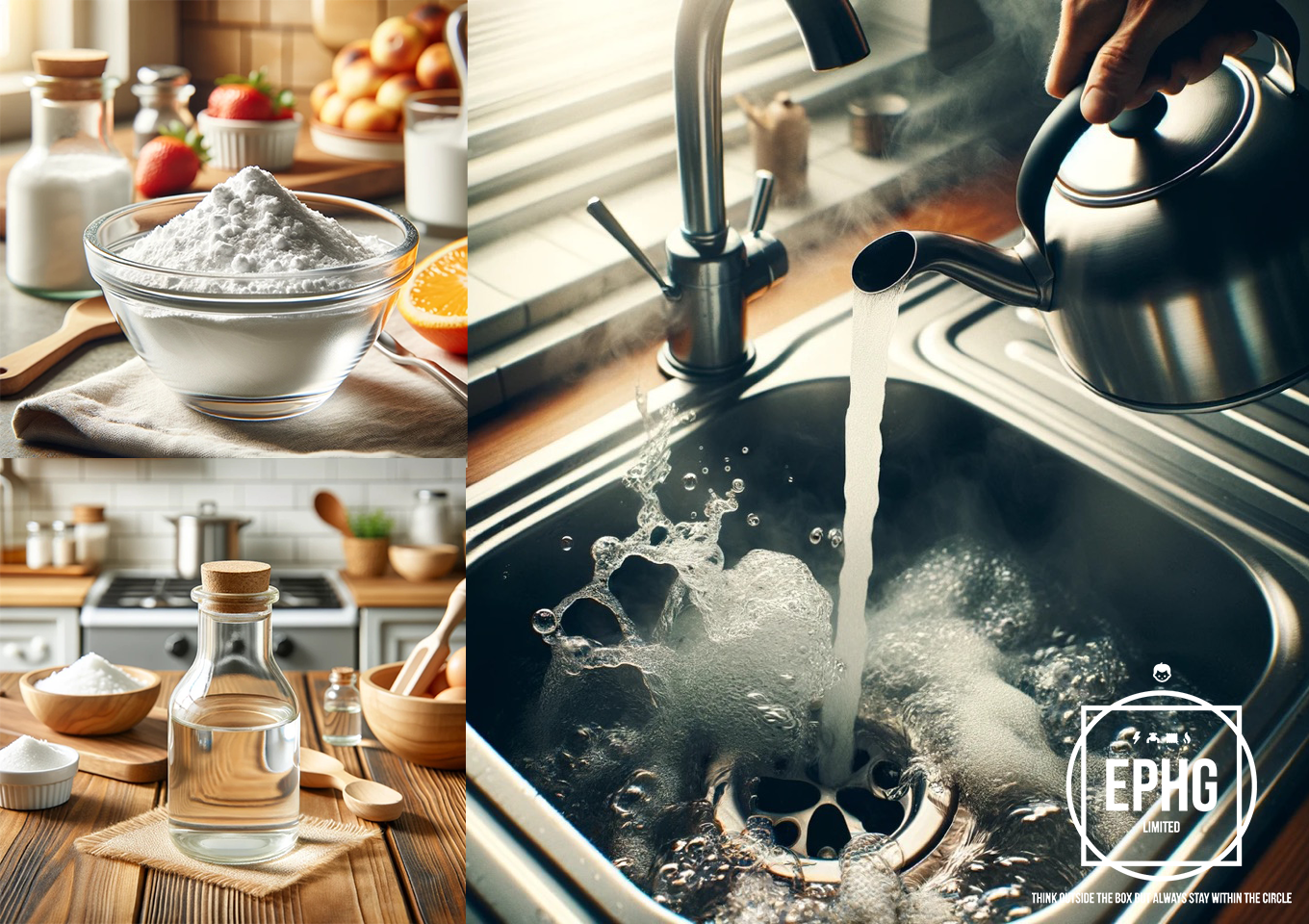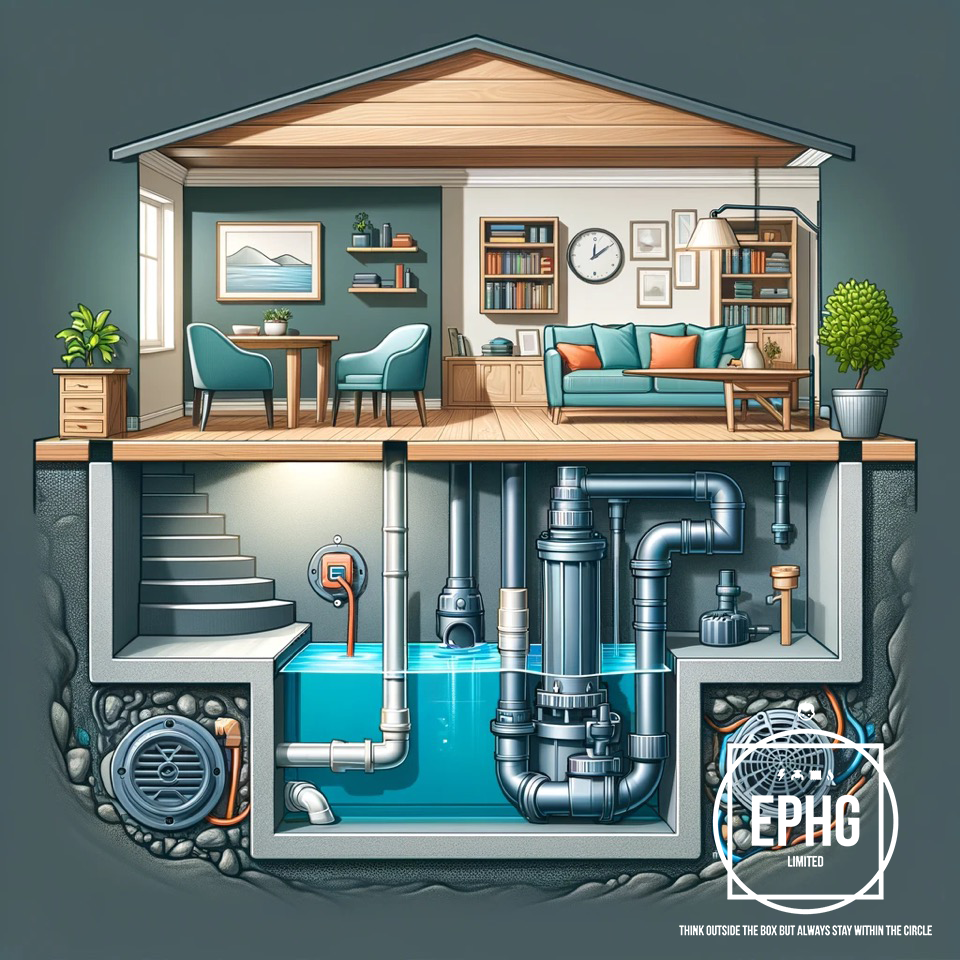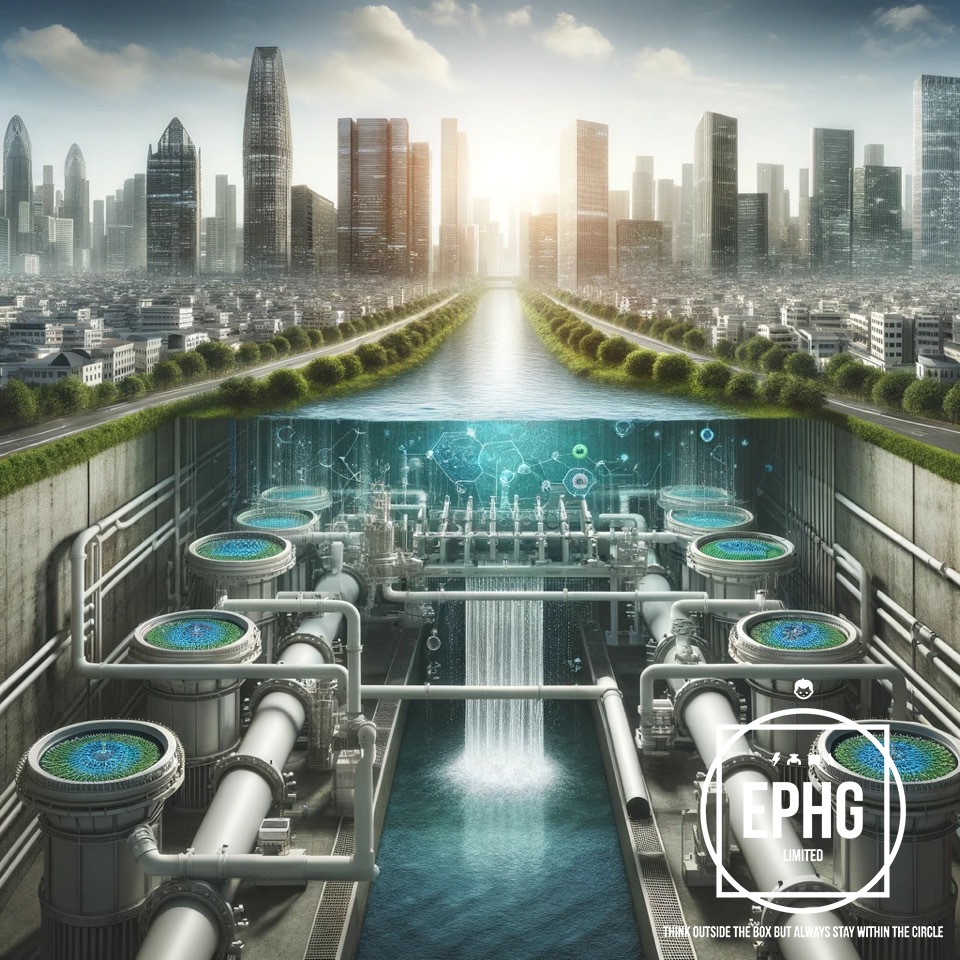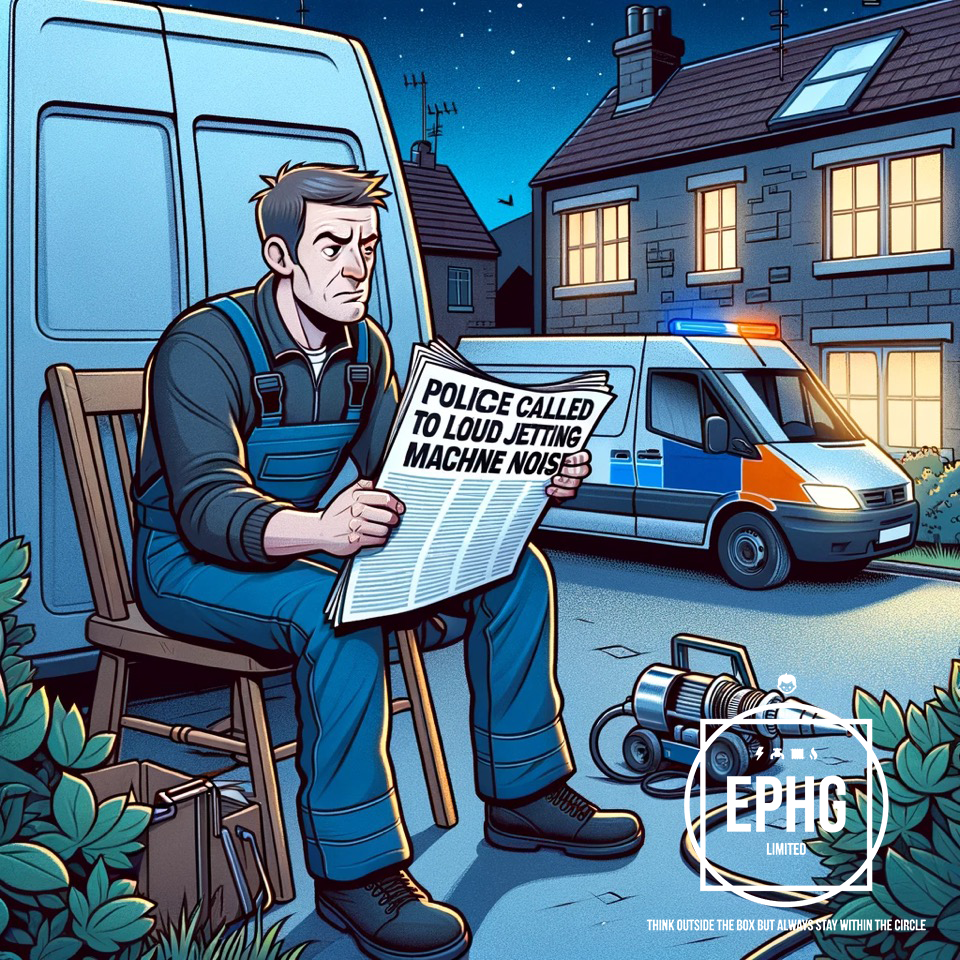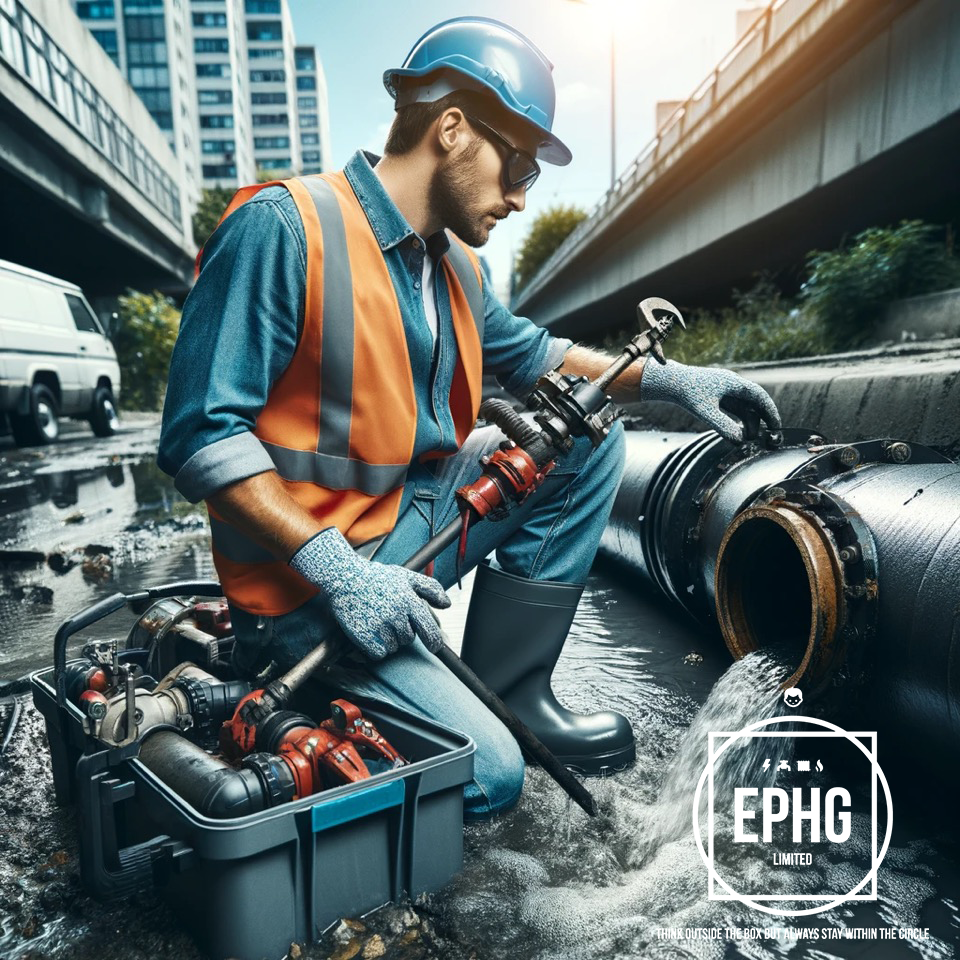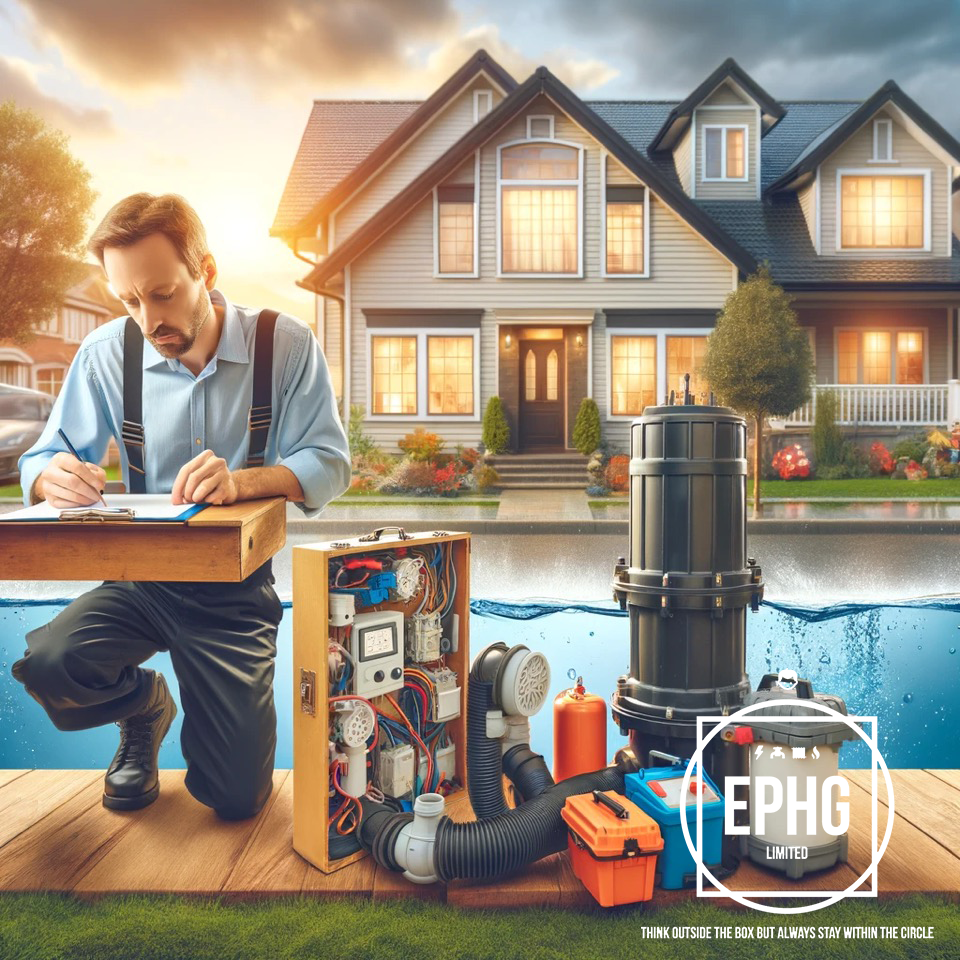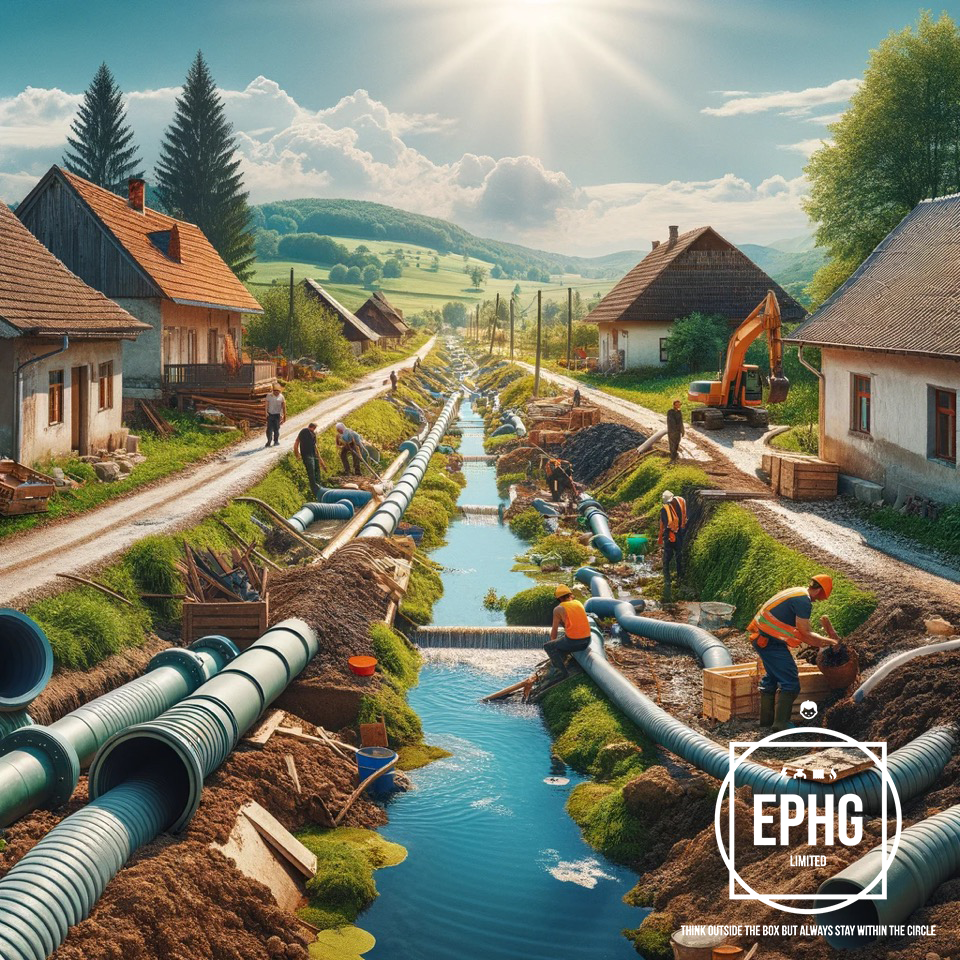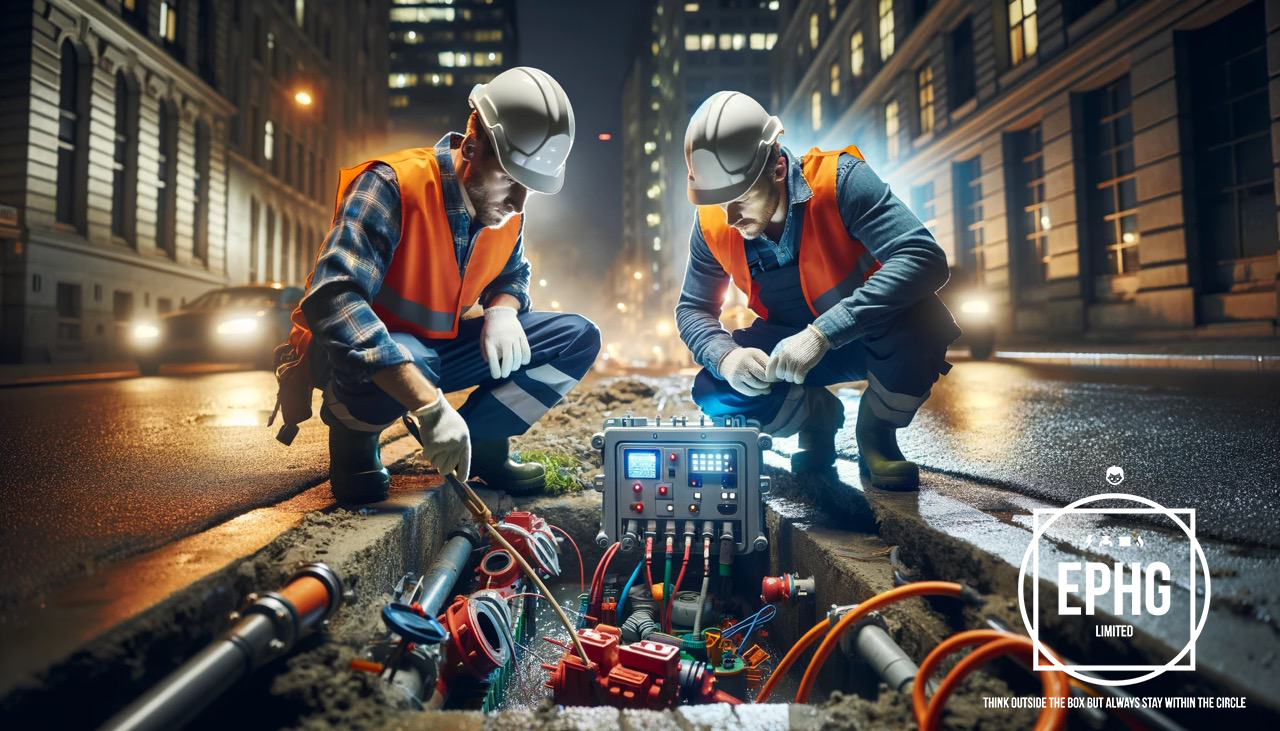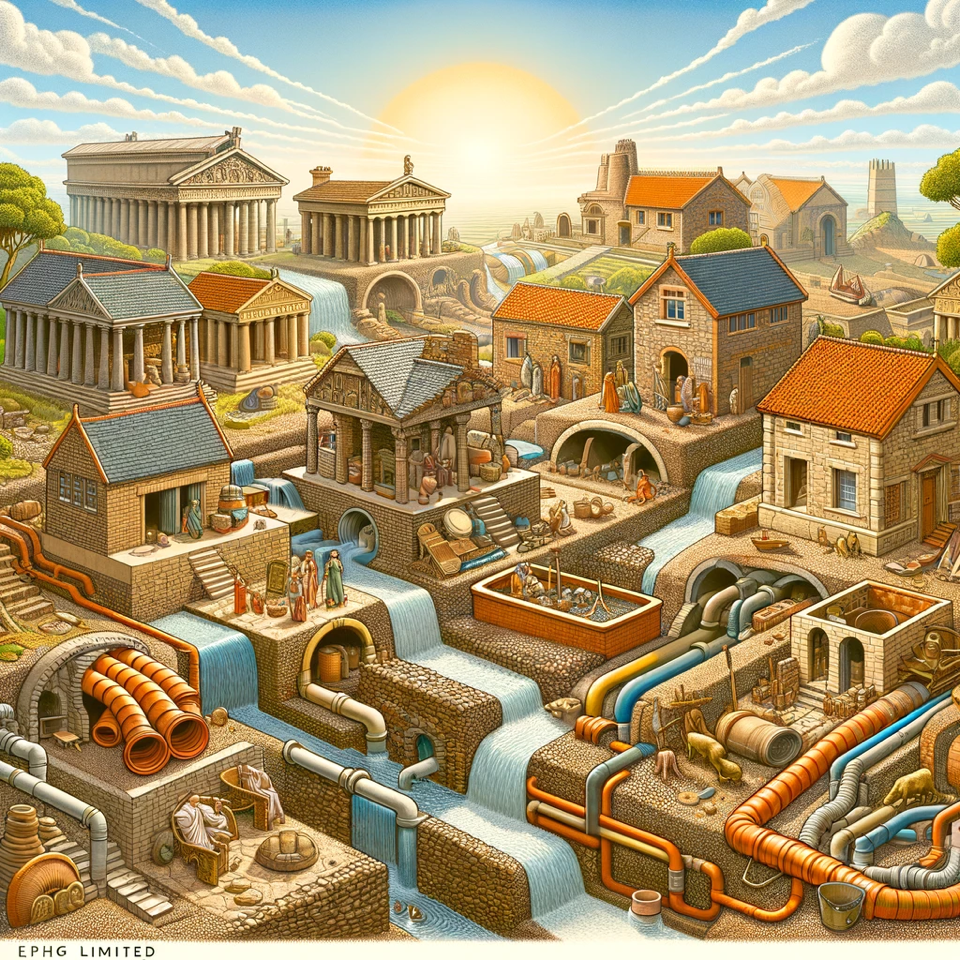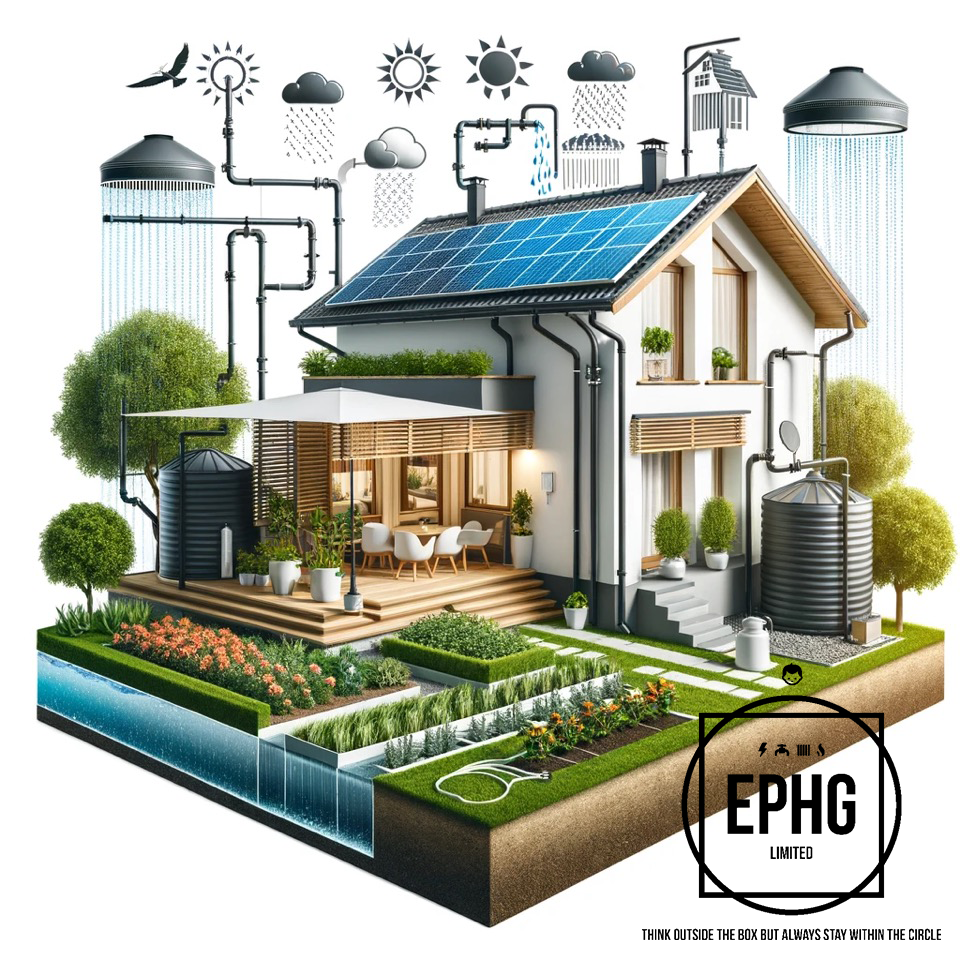
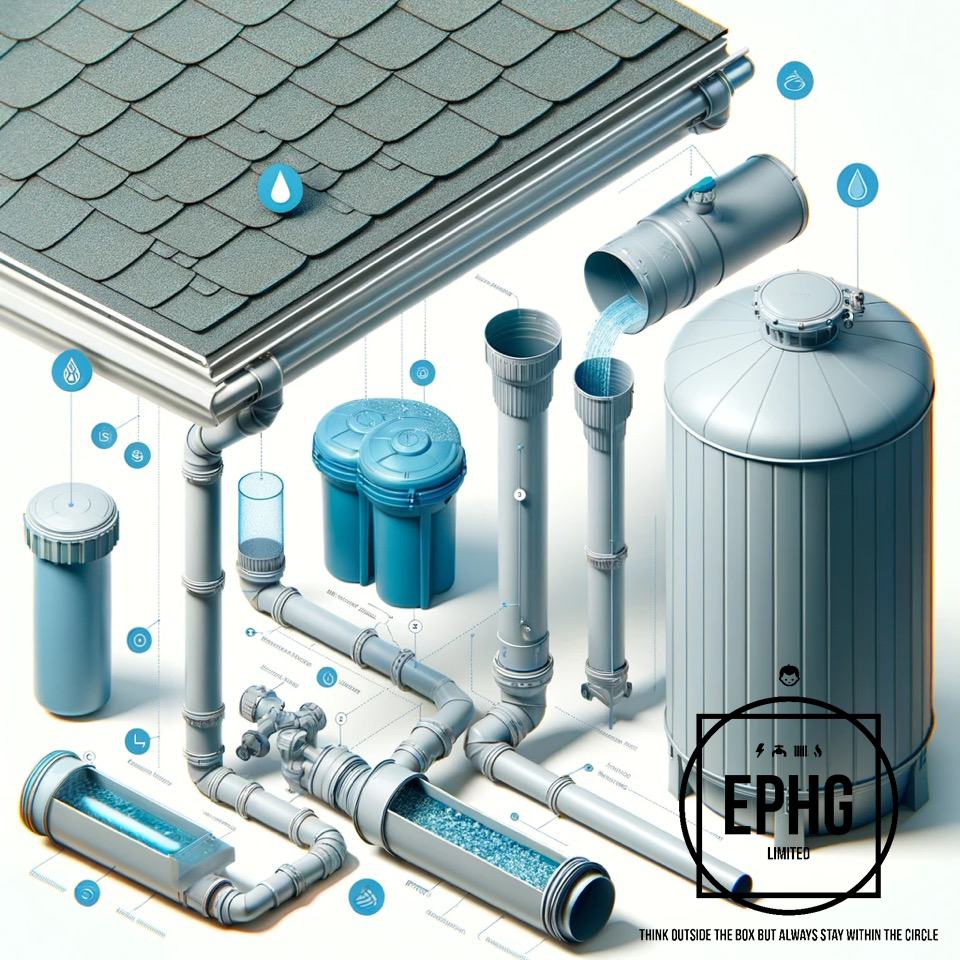
The Comprehensive Guide to Rainwater Harvesting Systems: Benefits, Drawbacks, and Essential Insights
Introduction:
In an age where sustainability and conservation are at the forefront of global conversations, rainwater harvesting systems have emerged as a key solution in promoting water conservation and managing natural resources efficiently. This comprehensive guide aims to explore the intricacies of rainwater harvesting systems, their advantages and disadvantages, their connection to drainage systems, and the circumstances that might necessitate the intervention of an emergency plumber or emergency drainage engineer.
The Benefits of Rainwater Harvesting Systems:
- Water Conservation: Rainwater harvesting systems provide an alternative water source, reducing dependency on municipal water supplies and preserving precious freshwater resources.
- Reduced Water Bills: By utilizing collected rainwater for irrigation, flushing toilets, and other non-potable uses, homeowners can significantly reduce their water bills.
- Environmental Impact: Capturing rainwater reduces runoff, minimizes erosion, and lessens the impact on local water bodies, leading to improved water quality in nearby rivers and streams.
- Sustainable Gardening: Using untreated, soft rainwater is better for plants compared to treated tap water, encouraging healthier plant growth in gardens.
The Drawbacks of Rainwater Harvesting Systems:
- Initial Investment: The upfront cost of installing a rainwater harvesting system can be high, although this is often recouped over time through reduced water bills.
- Maintenance Requirements: Regular maintenance is essential to prevent blockages, leaks, and to ensure water quality, which can add to the overall cost and effort.
- Storage Limitations: The capacity to store rainwater can be limited by space and the size of the tank, which may not always meet the demand, especially in areas with less frequent rainfall.
- Contamination Risk: If not properly maintained, rainwater can become contaminated, making it unsafe for drinking without proper treatment.
The Relationship Between Rainwater Harvesting and Drainage:
Rainwater harvesting systems are intricately linked to a property’s drainage system. Properly designed, they can alleviate pressure on the drainage system by reducing the volume of runoff water. This mitigates the risk of flooding and waterlogging, which can compromise the structural integrity of buildings and surrounding landscapes.
However, if the system is not correctly integrated with the existing drainage system, it can lead to water backing up, potentially causing damage to both the property and the harvesting system itself. This highlights the necessity of proper planning and installation.
How Does Water Harvesting Work?
Water harvesting, commonly referred to as rainwater harvesting, is a method to collect, store, and use rainwater for various needs, reducing reliance on municipal water systems and contributing to sustainability. Here’s how it typically works:
- Collection: Rainwater is collected from surfaces where it falls, most commonly rooftops but also landscapes, roads, and other surfaces. This is usually achieved through a system of gutters and downpipes attached to the roofs, which channel the water into a storage system.
- Conveyance: The water captured from these surfaces is then directed through a series of pipes or channels. These conveyance systems often include filters or first-flush devices to remove debris, leaves, or contaminants from the initial flow of rainwater, ensuring that cleaner water is stored.
- Storage: The filtered water is stored in tanks or reservoirs, which can be above or below ground. The size and type of the storage system can vary greatly depending on the intended use of the harvested rainwater, the amount of rainfall, and the area available for the system.
- Treatment: Depending on its intended use, the stored water may go through further treatment processes. For non-potable uses like irrigation, toilet flushing, or laundry, basic filtration may be sufficient. However, for potable uses, more advanced treatment including disinfection (e.g., via UV radiation or chemical treatment) is required to make the water safe for drinking.
- Usage: The treated water can then be used for various purposes. Non-potable applications do not require as much treatment and include watering gardens, flushing toilets, and washing cars. Potable uses, such as drinking, cooking, and bathing, require the water to meet higher safety standards.
- Management: Proper management and maintenance of the system are crucial to ensure the longevity and effectiveness of the water harvesting setup. This includes regular cleaning of gutters, inspection and cleaning of tanks, and checking of filtration systems.
Rainwater harvesting not only helps in reducing the demand on traditional water supplies but also decreases runoff, erosion, and contamination of surface water with pesticides, sediments, metals, and fertilizers. It's a sustainable approach that can be implemented in both rural and urban settings to help conserve water resources.
When to Call an Emergency Plumber or Drainage Engineer:
- Overflowing Water Tanks: Should your rainwater tank overflow, especially during heavy rainfall, it could indicate a blockage or failure in the system.
- Water Contamination: Any signs of contamination in the stored water, such as unpleasant smells or discoloration, should be addressed immediately to prevent health risks.
- Leakages and Water Damage: If you notice wet spots, mold, or water damage near your system or drainage lines, it could signify leaks that need urgent repair.
- System Integration Issues: If there are problems related to the integration of the rainwater harvesting system with your property’s existing drainage system, a professional should be consulted to prevent significant damage or flooding.
Conclusion:
Rainwater harvesting systems offer a sustainable solution to water conservation, significantly impacting our environmental footprint while providing practical benefits. However, understanding the potential drawbacks and the importance of proper installation and maintenance is crucial. In instances where issues arise, particularly those related to the integration with drainage systems, the expertise of emergency plumbers and drainage engineers becomes invaluable.
By embracing rainwater harvesting, we not only contribute to a more sustainable and eco-friendly world but also ensure the resilience and efficiency of our own homes against water-related challenges.
